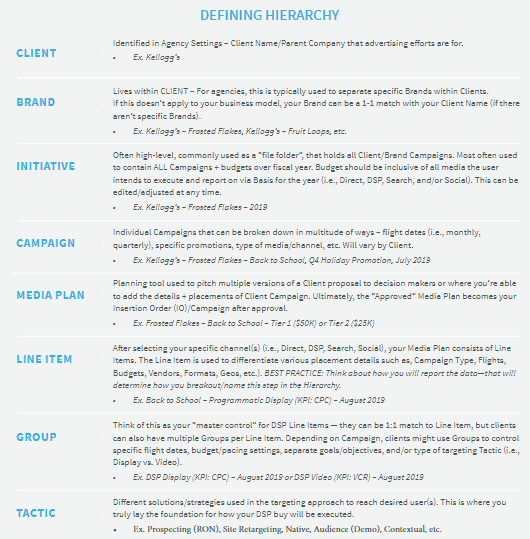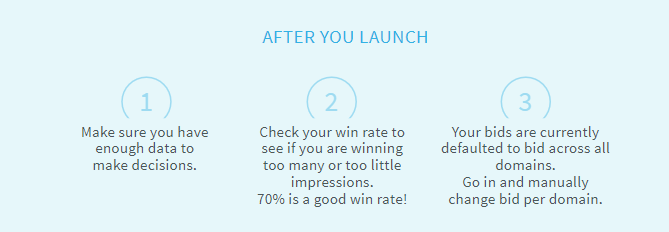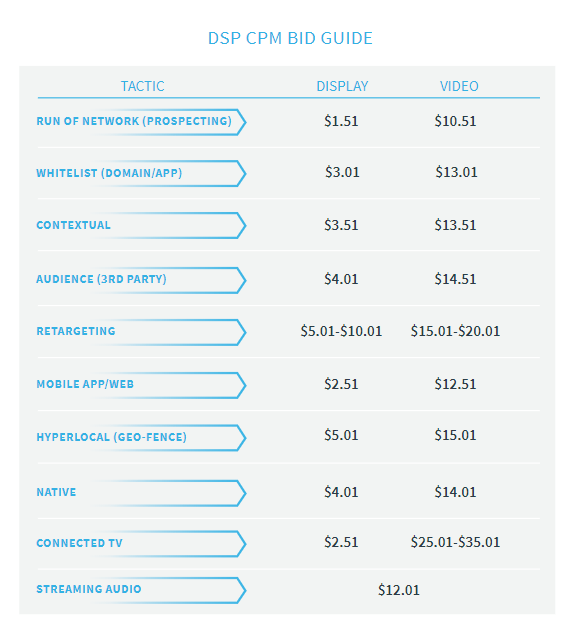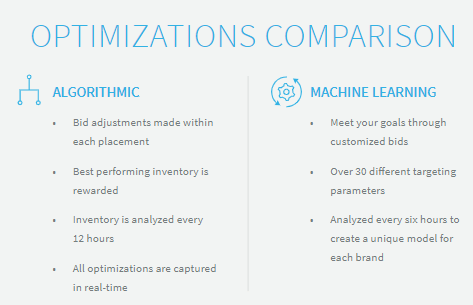The Centro Certified Virtual Basis Foundation Conference would typically have taken place in person, but the Centro Team did an excellent job communicating valuable content via Zoom. Overall, the presentations were fun, insightful, and engaging. The purpose of the conference was to get a foundational understanding of the Basis DSP (demand-side platform) and obtain Centro certification.
The conference covered concepts ranging from day-to-day workflow, to real time bidding and conversion tracking. The wide range of topics brought into view the full scope and capabilities of the Basis platform, and for a newcomer to the platform (like me), the presentations were extremely informative. The conference progressed just as an account set up would—starting with the basics of creating an account within the DSP, setting up brand safety parameters, and moving on to bidding and optimizations.
Account Setup and Hierarchy
As mentioned above, the conference did an excellent job catering to a wide variety of attendee’s familiarity and experience within the platform. Ranging from everyday ‘hands on keys’ to newcomers. It was clear to me that to be successful in Basis, it all begins with understanding the platform’s hierarchy.
Hierarchy is the layout in which the account is arranged. Understanding the setup will save hours in the long run when you are sprinting your way through building campaigns and setting up ad groups and tactics. Here’s a breakdown of what the Basis hierarchy is:

Brand Safety
In a time where ad dollars are slim, it’s more important than ever to ensure that you are serving to the right user at the right time, but also on the right site. That is why the Centro Team suggests leveraging a master blacklist you can apply to all campaigns. Centro uses a universal list and highly recommends developing an internal one based on your client’s industry, products, and services.
On that same beat, once you have developed a list of sites that you definitely do not want to serve on, you can begin developing a whitelist of high quality sites where you have found the most success serving on. Implementing a whitelist will not only ensure brand safety but also will allow you to serve your content to the most relevant users with the highest conversion rate.
Bidding Tactics
With the basics of campaign setup under our belt and understanding the structure of the platform’s hierarchy and the importance of a blacklist for brand safety, the training got into the campaign setup and buildout. When building a campaign, there are a lot of targeting and data partners to leverage to maximize the impact of your campaign capabilities. However, the questions that are most common for users when starting out include:
- What do I start my bid at?
- Where do I set my bids?
- What is too high?
- What is too low?
- What is the bid minimum for Video? Display? Social?
And the list goes on and on. The Centro team provided these very insightful tips and tricks to resolve these issues:
- Always bid at an odd number to win bids against your competitor
- A good win rate is 70%, check to see if your bids are winning at or above that threshold
- Use this bid guidance to estimate what your bids should


Key Optimizations
Once the campaign is set up and bids are flushed out per the guidance chart, the next part of the conference dove into optimizations. The order of operations when building out an account and campaign per Centro would be: To Accrue Data, In-Line, and Broad Brush/Advanced.
- Accruing Data ensures the sample size is large enough to make statistically significant decisions.
- In-Line is where you begin making changes to push spend towards performance.
- Broad Brush/Advanced meaning pulling your optimization levers (where the fun really starts).
Once arriving at step three in the order of operations, there are three different roads that can be taken for optimizations:
- Manual Optimizations allow changes to be made to campaigns without exporting data, including increasing or decreasing bids at the domain-level without opening a campaign editor. There’s fresh data every 15 seconds and you can make in-line changes to many domains at once.
- Algorithmic Optimizations (ALO) allow for bid adjustments within each placement, with best performing inventory rewarded and analyzed every 12 hours. The Centro Team recommends ALO when you have shorter campaigns and want more control (you can combine with manual optimizations).
- Machine Learning Optimizations (MLO) allows for the technology to evaluate over 30 different parameters to create optimization models for your campaigns. The optimizer can smart bid based off the probability of impressions won, permitting your campaigns to learn from each other and aggregating success results to increase performance. The Centro Team recommends MLO when you have longer campaigns. Keep in mind this is taking data on the brand level.

Conclusion
Overall, the conference provided me with the foundational understanding of the Basis platform to feel enabled to execute highly efficient campaigns. The value of seeing the in-platform demos and the general tips and tricks from the experts was extremely impactful. Going through the basic principles of the hierarchy, to the initial campaign set up regarding brand safety, to bids and optimizations gave me a crash course in building the most impactful campaigns possible.
I am excited to apply the insights to my campaigns at Zion and Zion and continue learning through the Centro 2.0 session.
